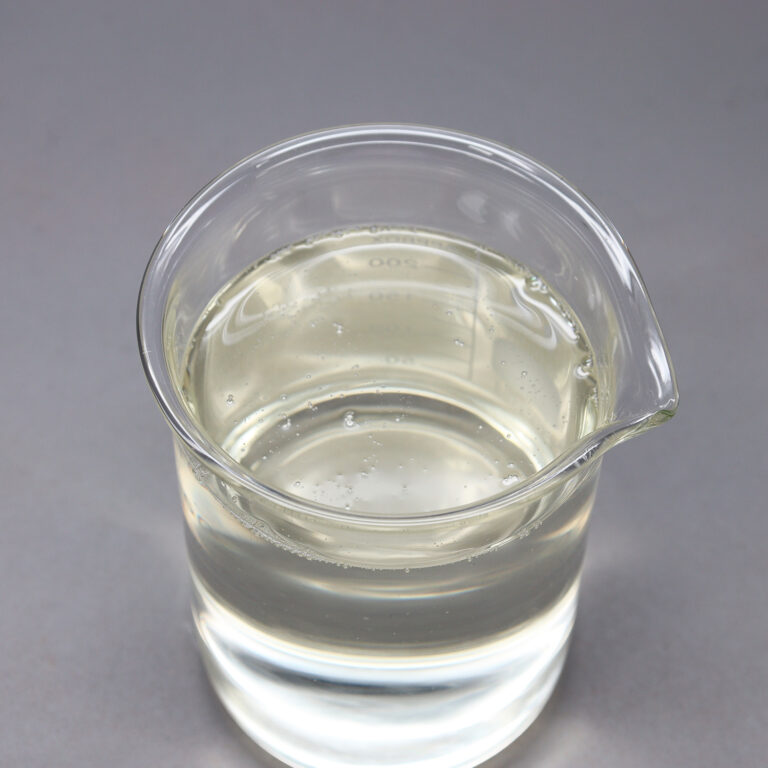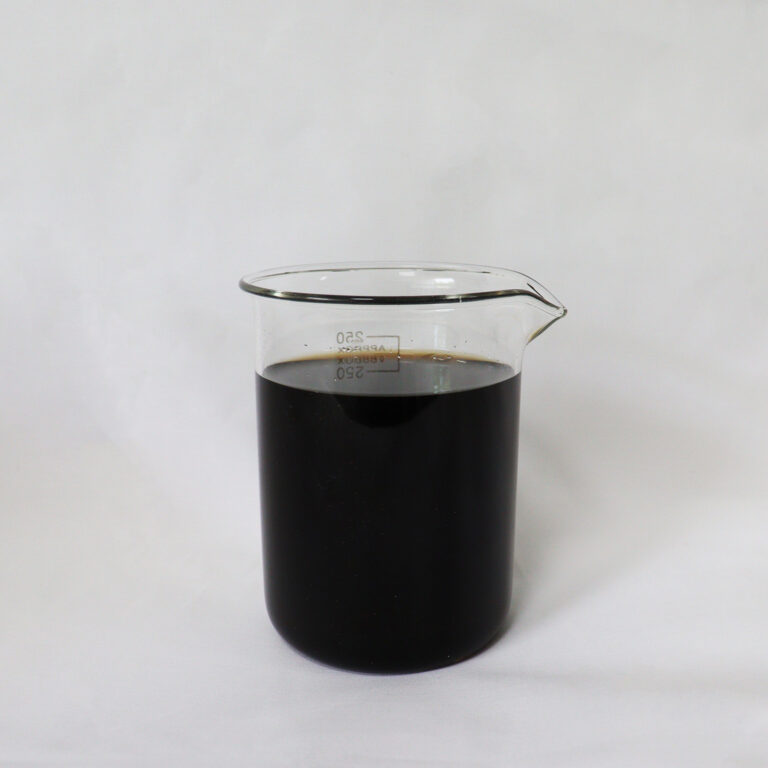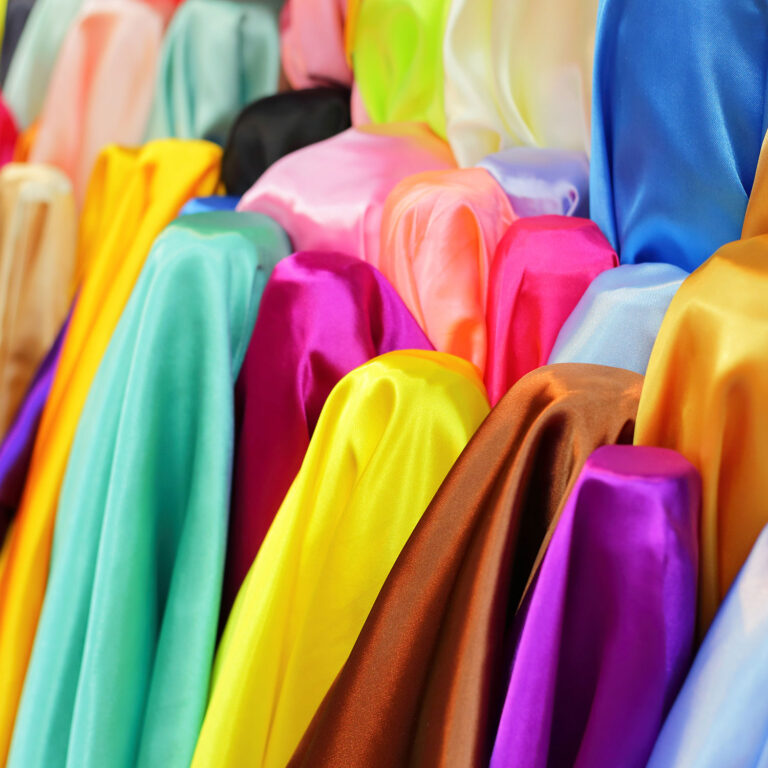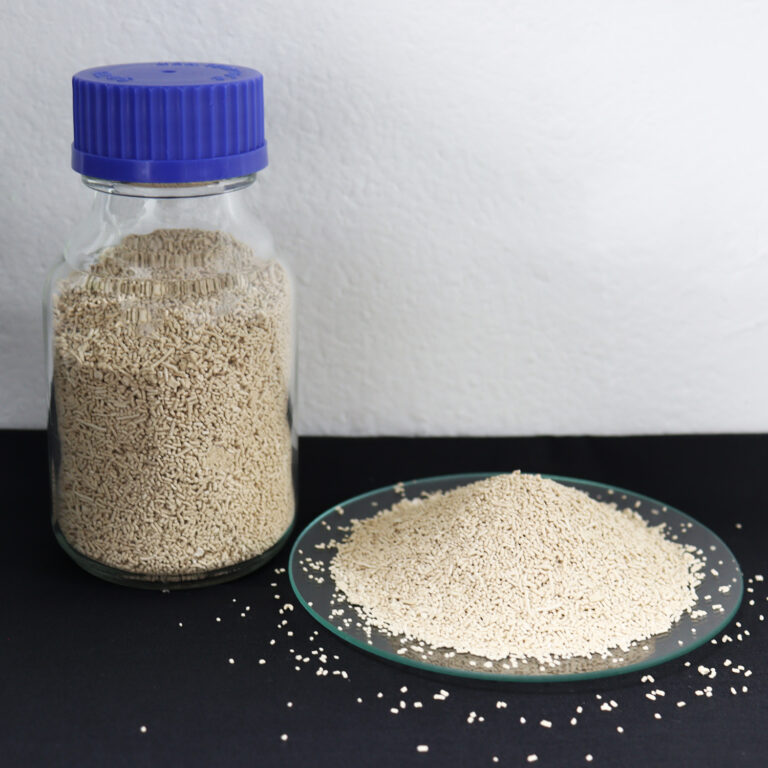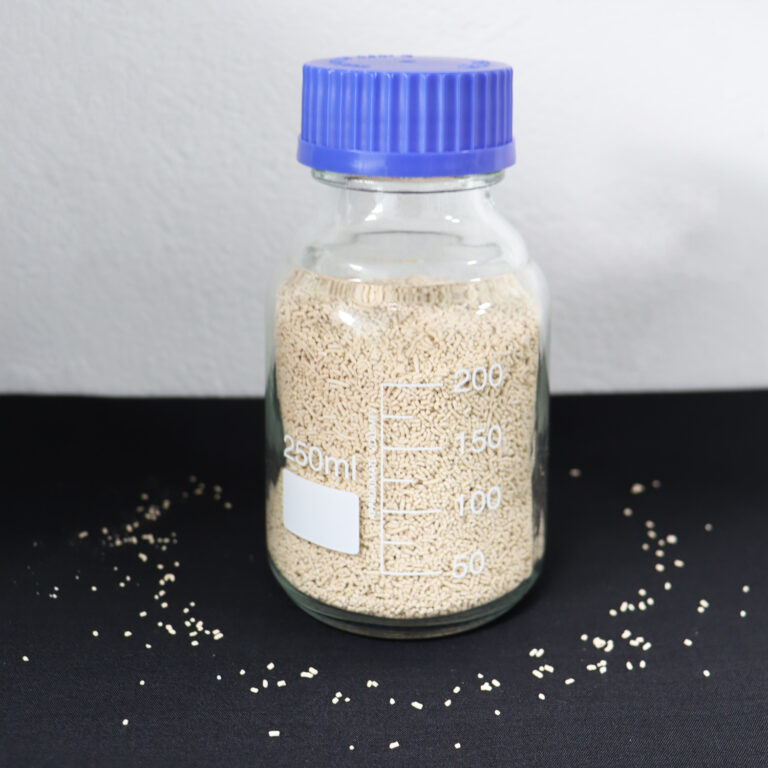The textile industry has evolved dramatically over the years, and chemistry has been at the heart of this transformation. From the fibers we wear to the performance and aesthetics of modern fabrics, chemistry plays a critical role in ensuring textiles meet the demands of functionality, style, and sustainability.
1. Enabling Fiber Innovation
Modern textiles are not limited to natural fibers like cotton, wool, or silk. Synthetic fibers such as polyester, nylon, and spandex are entirely chemistry-driven.
- Polymerization processes create synthetic fibers with superior strength, elasticity, and durability.
- Blended fabrics combine natural and synthetic fibers for improved performance, made possible by chemical treatments that ensure compatibility and adhesion.
Without chemistry, many high-performance fabrics used in sportswear, medical textiles, and industrial applications would not exist.
2. Enhancing Color and Design
Dyes and pigments are chemical compounds that give textiles their vibrant colors and patterns. Modern chemistry enables:
- Long-lasting colors that resist fading during washing and sunlight exposure.
- Complex designs through printing techniques like digital printing, screen printing, and reactive printing.
- Eco-friendly dyeing solutions that reduce water and chemical waste, making textile production more sustainable.
The combination of chemistry and technology ensures that modern textiles are both visually appealing and functional.
3. Improving Fabric Performance
Beyond appearance, chemistry gives fabrics properties that enhance comfort, safety, and usability:
- Waterproofing and stain resistance through chemical finishes.
- Wrinkle-free and easy-care fabrics using resin or polymer treatments.
- Flame-retardant fabrics for safety in industrial and household applications.
- Antimicrobial properties for healthcare and activewear fabrics.
These treatments are essential for producing textiles that meet today’s demanding standards for everyday use and specialized applications.
4. Driving Sustainability
The modern textile industry faces increasing pressure to reduce environmental impact. Chemistry helps achieve this by:
- Using enzyme-based treatments instead of harsh chemicals.
- Employing low-impact and natural dyes to reduce pollution.
- Developing biodegradable and recyclable chemical additives for finishing and functional treatments.
Sustainable chemistry ensures that textiles are not only innovative but also environmentally responsible.
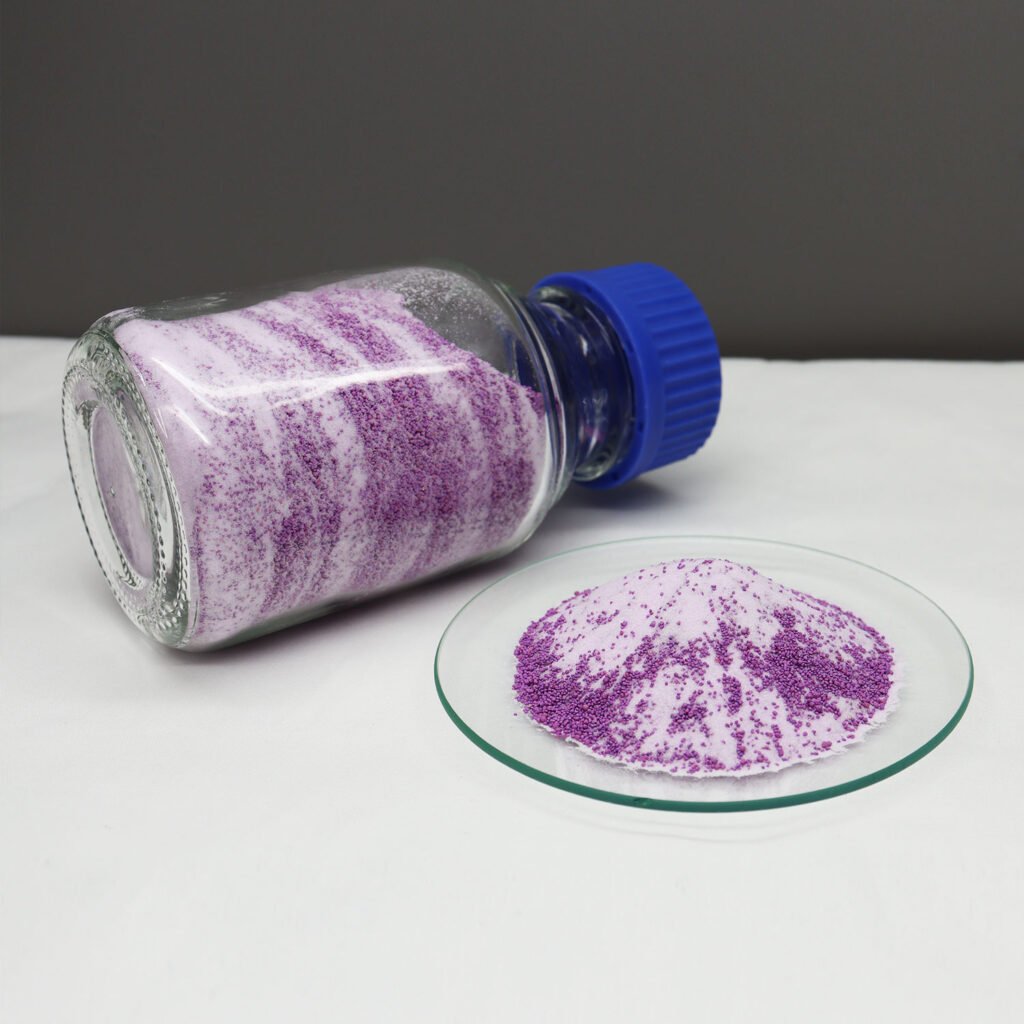

Conclusion
Chemistry is indispensable in the creation of modern textiles. It drives fiber innovation, enhances colors and designs, improves fabric performance, and supports sustainable practices. The ongoing advancements in textile chemistry are shaping the future of fabrics, making them smarter, safer, and more environmentally friendly.
For expert advice and chemical solutions in the textile industry, you can contact Meixin Biotech at connie.huang@meixinbiotech.com.
Textile Auxiliaries Industry Articles
The Role of Chemistry in Textile Finishing Processes
The Science Behind Fabrics: How Chemistry Shapes What We Wear
Why Chemistry is Essential for Modern Textiles
The Role of Chemistry in the Textile Industry: An Overview
How Chemistry Enhances Comfort, Durability, and Style in Fabrics
Understanding Textile Auxiliaries: The Hidden Chemistry Behind Fabric Quality
Most Common Chemicals Used in the Textile Industry and Their Functions


